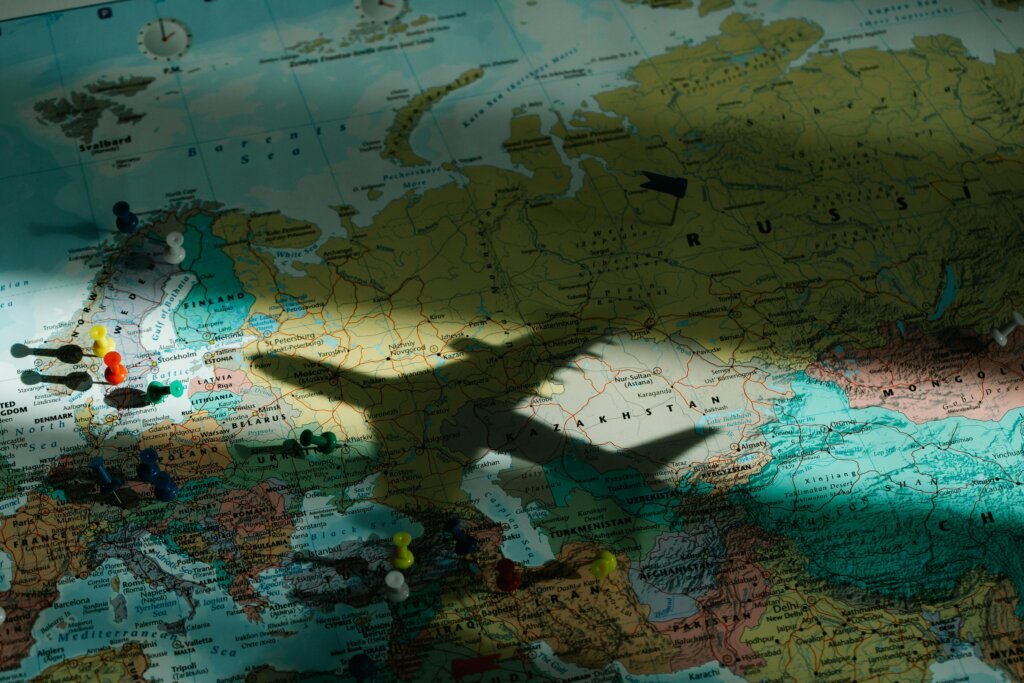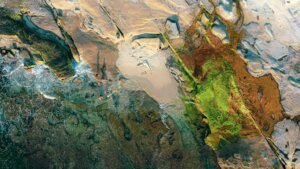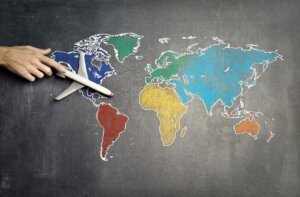Continents of the World: How many continents on Earth?
Have you ever wondered how the Earth is divided into continents, or why we group countries into large landmasses? Understanding the continents of the world helps us grasp not just geography, but also history, culture, ecosystems, and global diversity.
In this blog post, we’ll explore the seven continents of the world — their unique features, significance, and the diversity each holds. Whether you’re planning a trip, studying geography, or just curious about our planet, this guide will give you a deeper appreciation of the world we live in.
What Is a Continent?
A continent is a large continuous mass of land, typically separated by oceans. The world is generally divided into seven continents:
- Asia
- Africa
- North America
- South America
- Antarctica
- Europe
- Australia (sometimes referred to as Oceania when including surrounding islands)
These divisions are not just geographical — they reflect cultural, historical, and sometimes political distinctions.
1. Asia – The Largest and Most Populous
- Area: ~44.58 million km²
- Population: ~4.8 billion
- Number of countries: 49
Asia is the largest and most diverse continent in the world — both in land size and population. It is home to ancient civilizations such as China, India, and Mesopotamia, and it spans from the Arctic Ocean in the north to the Indian Ocean in the south.
Asia is the birthplace of major religions including Hinduism, Buddhism, Islam, and Confucianism. It also hosts the world’s highest point, Mount Everest, and the lowest, Dead Sea shore.
Fun Fact: Asia includes both the largest country (Russia, partially in Asia) and the most populous (China).
2. Africa – The Cradle of Humanity
- Area: ~30.37 million km²
- Population: ~1.5 billion
- Number of countries: 54
Africa is often called the “Cradle of Mankind” because it is where the earliest human fossils have been found. It is rich in natural resources and incredibly diverse in terms of languages, cultures, and ecosystems.
From the Sahara Desert to the Congo Rainforest, and from the Nile River (the longest in the world) to the Serengeti Plains, Africa’s geography is vast and varied.
Fun Fact: Africa has over 2,000 languages spoken, more than any other continent.
3. North America – Land of Innovation and Diversity
- Area: ~24.71 million km²
- Population: ~600 million
- Number of countries: 23
North America includes major countries such as the United States, Canada, and Mexico. It is a continent of great contrasts — from the Arctic tundra of Canada to the tropical beaches of the Caribbean.
It has been a hub for global innovation, economic development, and cultural influence, especially through the United States. It’s also home to stunning natural landmarks like the Grand Canyon and Niagara Falls.
Fun Fact: The Great Lakes in North America contain over 20% of the world’s fresh surface water.
4. South America – A Continent of Rainforests and Ancient Civilizations
- Area: ~17.84 million km²
- Population: ~440 million
- Number of countries: 12
South America is known for the Amazon Rainforest — the largest tropical rainforest on Earth, rich with biodiversity. It’s also home to the Andes Mountains, the longest continental mountain range.
The continent was home to ancient civilizations like the Inca Empire, and today it features vibrant cultures, especially in countries like Brazil, Argentina, Peru, and Colombia.
Fun Fact: The Amazon River is so wide in places that it can take over an hour to cross by boat.
5. Antarctica – The Frozen Frontier
- Area: ~14 million km²
- Population: 0 (no permanent residents)
- Countries: None (governed by international treaty)
Antarctica is the coldest, driest, and windiest continent. It is covered by ice sheets that hold about 70% of the world’s fresh water. There are no cities, only scientific research stations maintained by various countries.
Despite its harsh climate, Antarctica plays a critical role in Earth’s climate system and is home to unique wildlife like penguins, seals, and krill.
Fun Fact: In winter, temperatures can plunge below -80°C (-112°F)!
6. Europe – A Continent of Culture, History, and Innovation
- Area: ~10.18 million km²
- Population: ~750 million
- Number of countries: 44
Europe has profoundly shaped the modern world — from ancient Greek and Roman civilizations to the Renaissance, the Industrial Revolution, and modern democracy.
Countries like France, Germany, Italy, Spain, and the UK have had a global impact on science, art, philosophy, and governance. Europe is also known for its high quality of life and historic cities.
Fun Fact: Europe has more than 400 UNESCO World Heritage Sites — more than any other continent.
7. Australia (Oceania) – The Island Continent
- Area: ~8.6 million km² (with Oceania)
- Population: ~43 million
- Number of countries: 14 (Oceania includes island nations like Fiji, Samoa, Papua New Guinea)
Often referred to as Oceania when including neighboring islands, this region is known for its natural beauty — the Great Barrier Reef, Outback deserts, and lush tropical islands.
Australia is the only country that is also a continent. Indigenous cultures, such as the Aboriginal peoples, have inhabited the land for over 60,000 years.
Fun Fact: Australia is home to many species found nowhere else — including the kangaroo and koala.
Why we need to understand Continents?
Understanding the continents helps us:
- Appreciate cultural and biological diversity
- Understand geopolitics and economics
- Plan travel or education with more global awareness
- Explore environmental and ecological differences
Whether you’re studying world history or geography, or just curious about the planet, knowing more about the continents gives you a broader, more connected view of Earth.
Conclusion: A World of Wonder
From icy Antarctica to bustling Asia, each continent tells a different part of the human and natural story. By learning about the continents of the world, we gain not just knowledge, but also empathy and respect for the incredible diversity of life on Earth.
So next time you look at a world map, remember — it’s more than just borders and countries. It’s a mosaic of continents, each with a personality of its own.






Comments